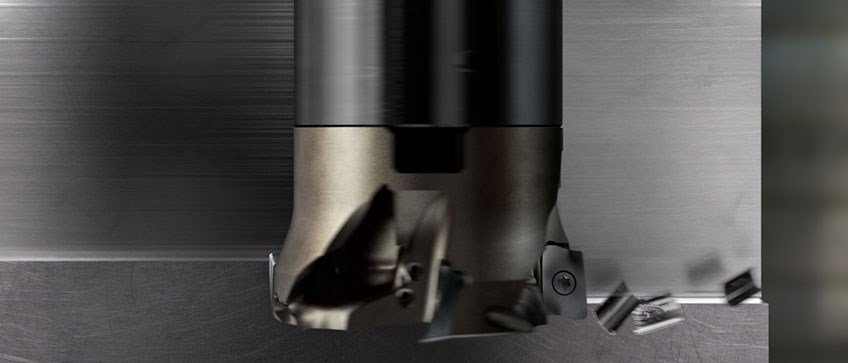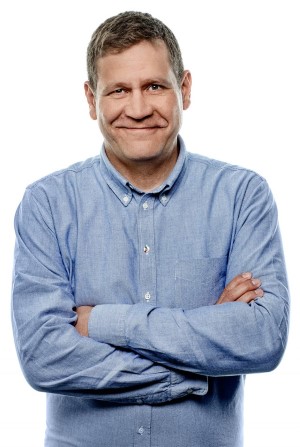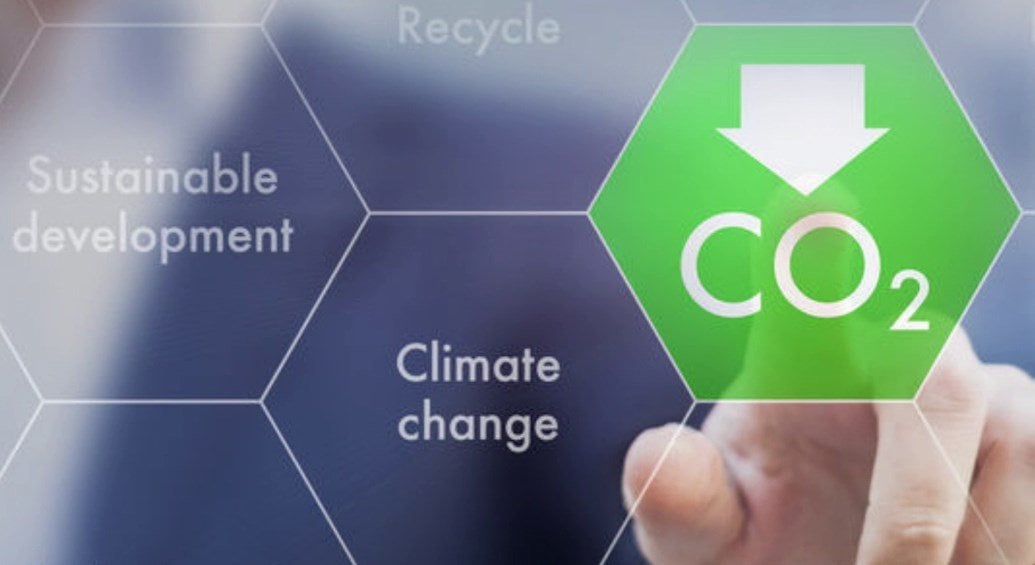Titanium powder by Sandvik makes additive manufacturing even more sustainable
Sustainable manufacturing is possible. Powder metallurgy has since many years been labeled a ‘recognized green technology’, since it improves sustainability across a variety of industries. And the good news is that titanium powder, with its unique material properties, makes it even more sustainable when used in game-changing technologies like additive manufacturing or 3D-printing.
There are two fundamental aspects that define sustainable manufacturing: the actual manufacturing process and the impact of the product produced. Powder based, net-shape technologies like additive manufacturing (AM) and metal injection molding (MIM) have significant effects on both aspects.
When printing a component, approximately 95 percent of the powder you put into the process is used; the rest can be recycled in a new melt.
Take the excellent example of Sandvik’s recently launched Osprey® titanium powders, supporting the growing trend of 3D printing of titanium parts – and the shift towards sustainable manufacturing and lighter components. The additive process results in far less material waste than traditional subtractive techniques, while also encouraging new levels of design freedom through the availability of more extensive topology optimization. This is opening up the use of titanium in other industries than aerospace and medical – such as automotive and tooling. Sandvik’s own Lightweight CoroMill® 390 is an excellent proof of the latter, where the additive version of the mill is more than 80% lighter and up to 200% more productive, which of course is a true customer value – but also an important environmental advantage.
 The additive version of CoroMill® 390 milling cutter has resulted in optimized design, 80% lower weight and up to 200% increased productivity.
The additive version of CoroMill® 390 milling cutter has resulted in optimized design, 80% lower weight and up to 200% increased productivity.
“By combining additive manufacturing with a light and strong material like titanium, the sustainability advantages can be enormous. Weight reduction is for example a constant key issue for the aerospace industry, driven both by fuel cost and carbon footprint. The same is true for cars and trucks, and everything else that moves. Each kilogram of weight reduction on an airplane saves 3,000 US dollars per year in fuel – and can make a great difference for the planet,” says Martin McMahon, Head of Global Powder Sales, Sandvik Additive Manufacturing.
An extensive list of obvious sustainability advantages
As already stated above, when it comes to the manufacturing process some of the sustainability advantages are obvious. But the list is extensive. In the “Powder Metallurgy – Intrinsically Sustainable” report, the Metal Powder Industries Federation compares the 17 manufacturing steps that are required to produce a truck gear using subtractive machining with the mere 6 that are required using a powder metal-based process – each step eliminiated bringing a saving in energy consumption.
 VP R&D and Operations, Sandvik Additive ManufacturingNet-shape technologies also make it possible to combine several components into one – reducing assembly steps and thereby energy consumption. In addition, it often minimizes the use of cutting lubricants and cleaning fluids.
VP R&D and Operations, Sandvik Additive ManufacturingNet-shape technologies also make it possible to combine several components into one – reducing assembly steps and thereby energy consumption. In addition, it often minimizes the use of cutting lubricants and cleaning fluids.
But one of the most obvious sustainability arguments for additive manufacturing is that it cuts down on material waste.
“When printing a component, approximately 95 percent of the powder you put into the process is used; the rest we can recycle in a new melt. Compare that to traditional manufacturing where you start off with a block of material and remove large amounts of chips,” says Mikael Schuisky, Head of Business Unit Additive Manufacturing within Sandvik.
Even though the chips from traditional manufacturing are collected and sent for recycling, the carbon footprint is substantially higher, due to heavier transportation and a much larger amount of material to recycle. This has a significant energy impact. Melting steel in the efficient scrap-based electric Sandvik steel mill requires approximately 500 kWh per ton steel. This is significant when compared to the resource efficiency of powder-based technologies like additive manufacturing.
To reach the climate goals, we must make significant changes to the way we manufacture products. A powder based net-shape technology like additive manufacturing is one of those revolutionary methods.
Another environmental advantage is that the actual production can be undertaken locally, which removes further steps in the supply chain – and reduces transportation.
“You go directly from a digital design to a three-dimensional product. And, if you locate production close to where it’s needed, you can cut down on storage, packaging and transportation of parts,” Mikael Schuisky says.

By joining the United Nations backed Science Based Targets initiative, Sandvik has formally committed to cutting its CO2 emissions to net zero emissions by 2050 at the latest. This is a historic commitment that everyone who works for Sandvik can be proud of. It is also a commitment that makes good business sense.
Plays a significant role in reaching UN’s sustainability development goals
In the long term, powder-based technologies might play a significant role in reaching the United Nation’s Sustainable Development Goals, according to Eduard Hryha, researcher and project manager for the Centre for Additive Manufacture – Metal (CAM2) at Chalmer’s University of Technology in Sweden.
“To reach the climate goals, we must make significant changes to the way we manufacture products. A powder based net-shape technology like additive manufacturing is one of those revolutionary methods,” he says.
Amelie Norrby, a young materials engineer in Sandvik, chose to work with metal powder and additive manufacturing because she thinks it’s one of the most disruptive technologies to have emerged in recent years. She also thinks its inherent sustainability makes it an important technology for the future.
 Amelie Norrby, additive manufacturing engineer at Sandvik.
Amelie Norrby, additive manufacturing engineer at Sandvik.
“It is just fantastic and a great advantage to be able to be part of the ongoing additive transformation journey. What we do and develop today will most likely have a huge impact in the future, not least from a sustainability perspective”, she says.